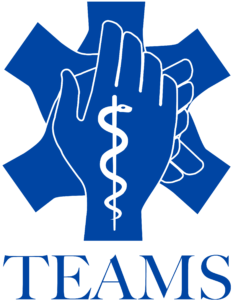
Disasters and outbreaks regularly have devastating effects on societies and populations. To assist the affected countries an increasing number of international emergency medical teams has been deployed.
The ‘Emergency Medical Teams’ (EMTs) initiative evolved in 2010 under the umbrella of the World Health Organization (WHO) with the aim to improve the quality, accountability and coordination of emergency medical teams responding to disasters defining capacities, services and minimum deployment standards. A global registry of quality assured and classified organizations that may deploy EMTs was launched by WHO in July 2015. In February 2016, the European Union (EU) launched the European Medical Corps (EMCs) to help mobilize medical and public health teams and equipment for emergencies inside and outside the EU. This initiative is in line with the EMTs roadmap and will create a much faster and more efficient EU response to health crises.
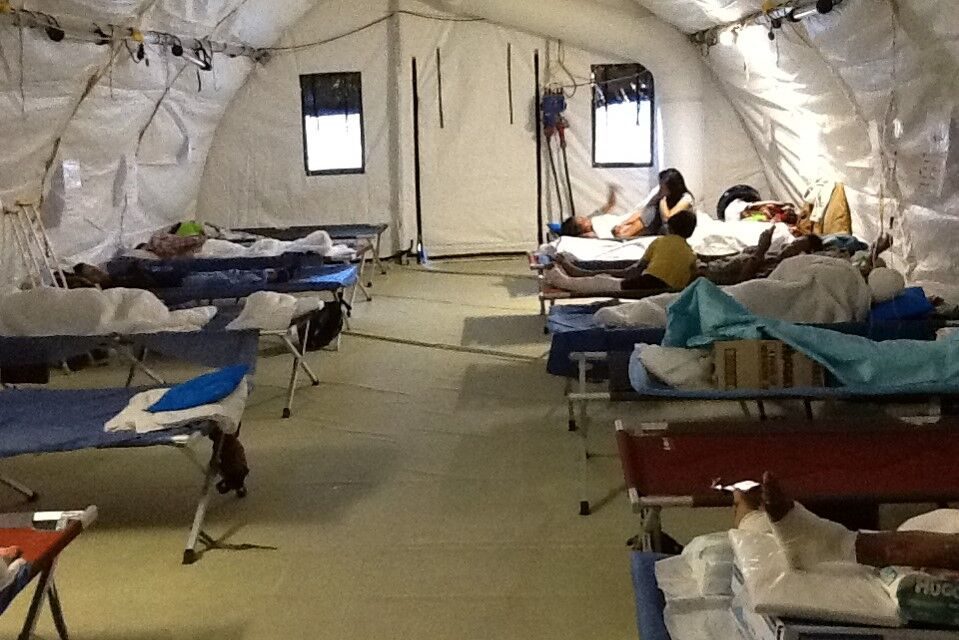
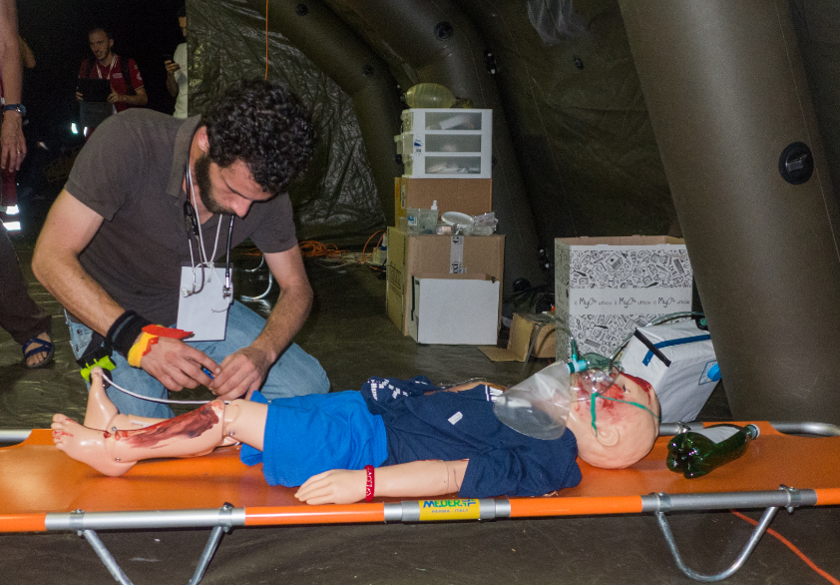
The competencies required of an EMT can be broadly categorised into three essential areas: 1) professional competence and license to practice; 2) adaptation of professional competencies into the low resource, disaster context; 3) how to work as a team. While different academic and non-academic educational actors cover areas 1 and 2, area 3 has not been well defined in terms of scope, curriculum and teaching modalities. Area 3 training should go beyond the individually focused training of areas 1+2, putting teamwork to the forefront of how EMCs/EMTs function in the field. For this reason, this training must be multidisciplinary, inclusive of both healthcare workers and non-medical professions, and always include simulation exercises to provide an immersive experience. This proposal describes the development and implementation of an innovative, operational training package, focused on EMC/EMT field teamwork.
The project aims at reaching the following outputs:
- To create a training framework focused on operational team training for EMCs/EMTs.
- To develop teaching materials and identify effective training methods.
- To implement a low-cost e-learning platform to facilitate the delivery of the teaching materials that is sustainable beyond the project.
- To design a cost-effective set of simulation-based immersive scenarios for training EMCs/EMTs and facilitating quality assurance of these teams.
- To pilot the overall training package through two main training events.
- To assess the effectiveness of the training in terms of learning outcomes, participants’ satisfaction, improvement in technical and non-technical skills of the teams trained and cost-effectiveness.
- To evaluate the quality of the training package.
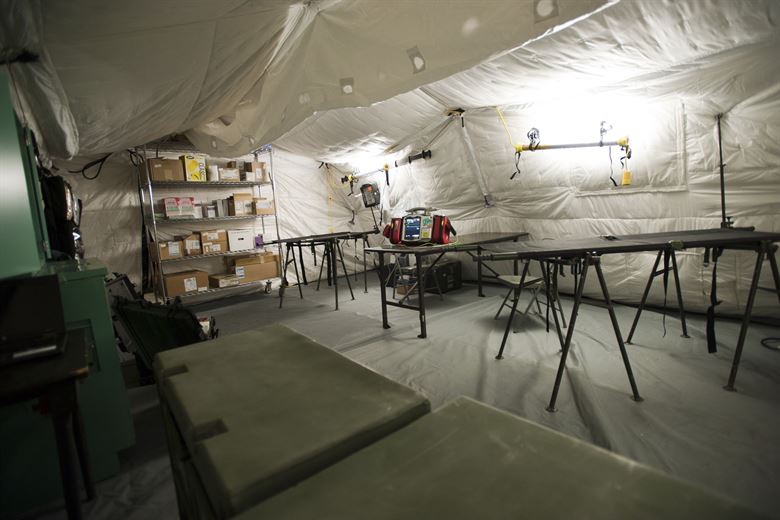
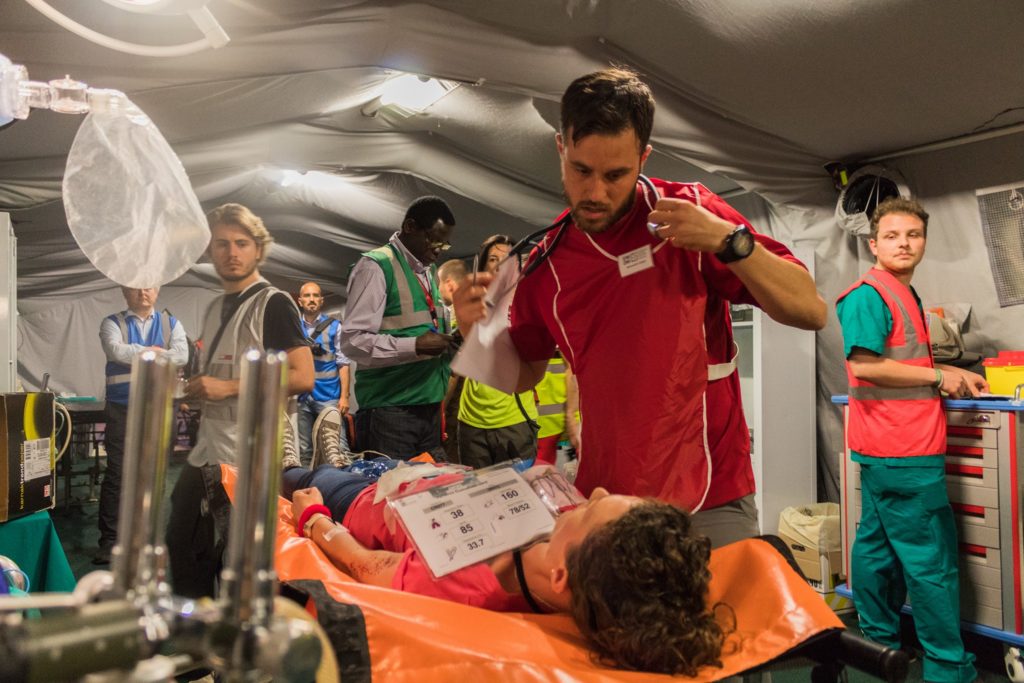
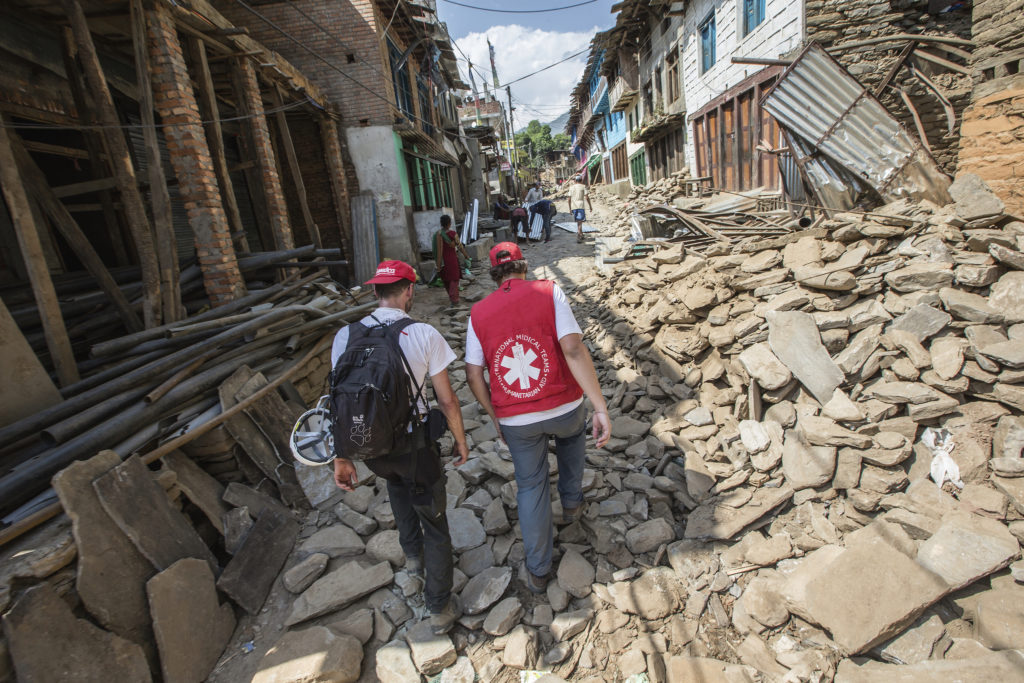
The potential beneficiaries and end-users will be all the EMC/EMT organizations, as well as universities, professional bodies and training agencies that are involved in EMC/EMT training as they look to comply with ECHO and WHO classification and minimum standards. Improving the quality and professionalism of deployed teams in disasters through a coherent approach to training, will benefit the victims and communities affected by disasters inside the EU and globally.
